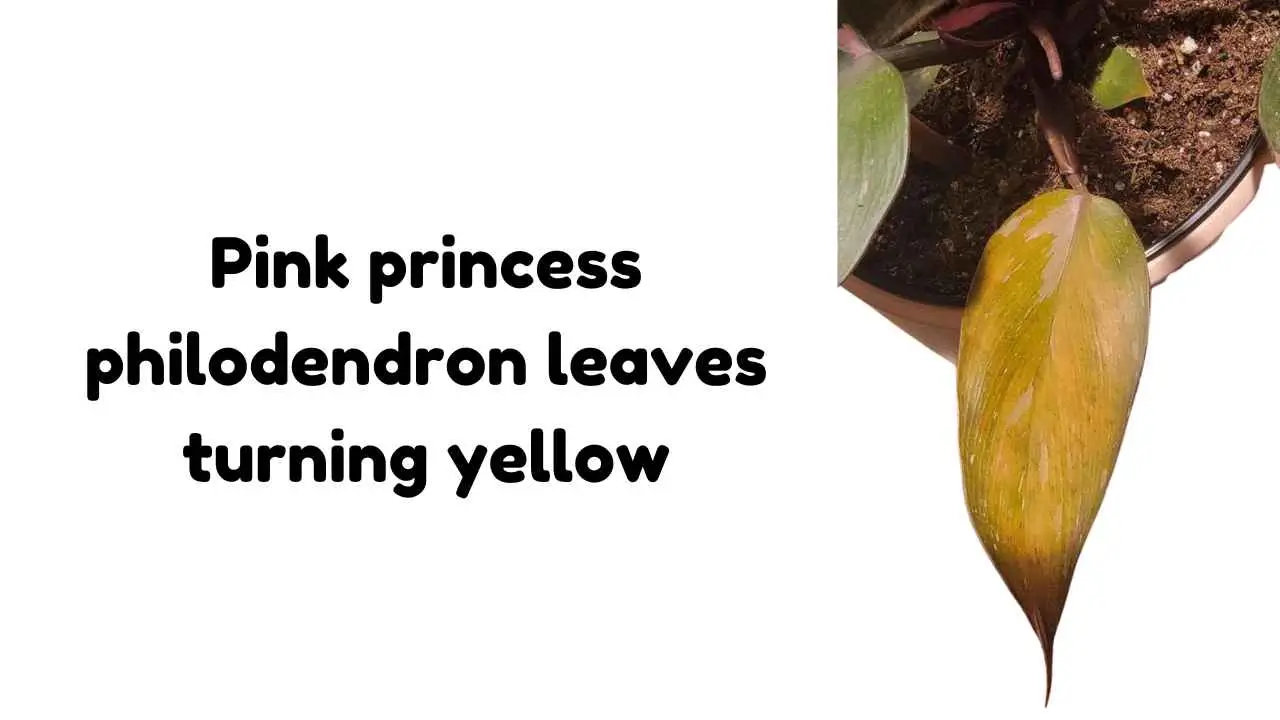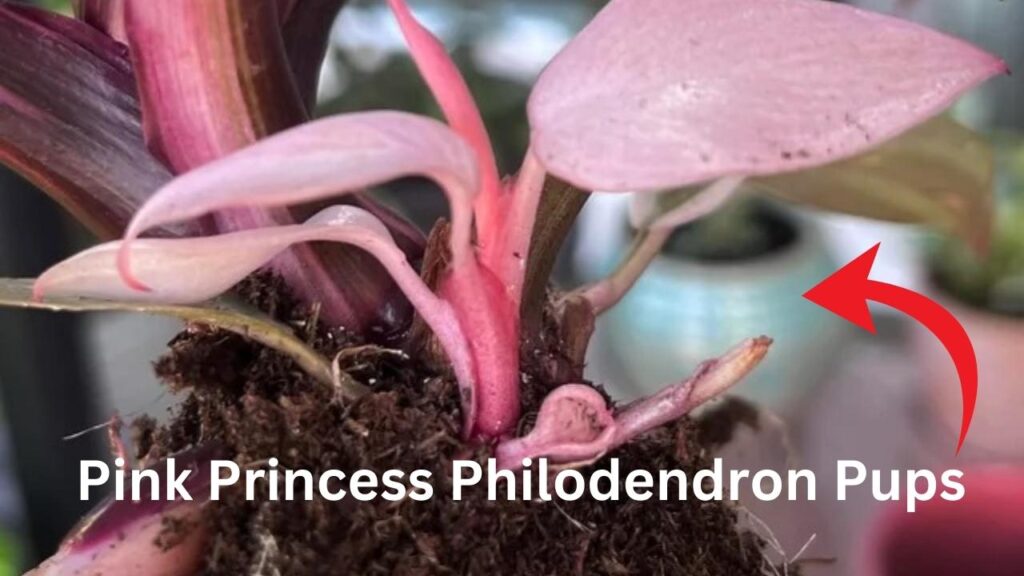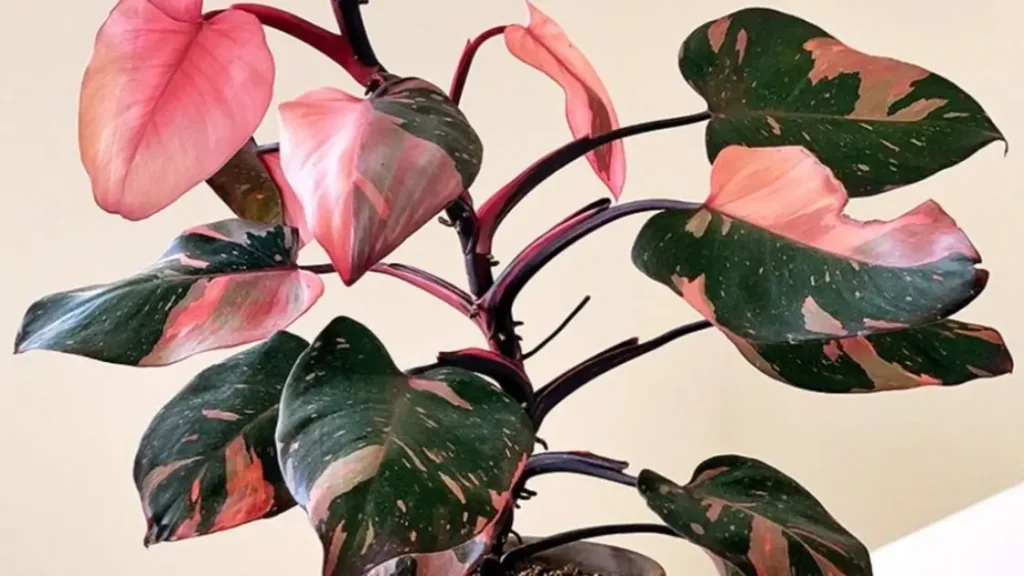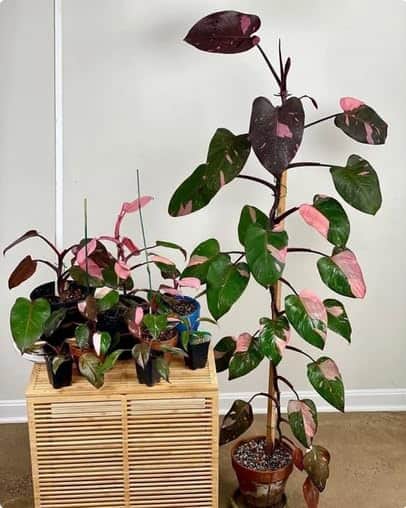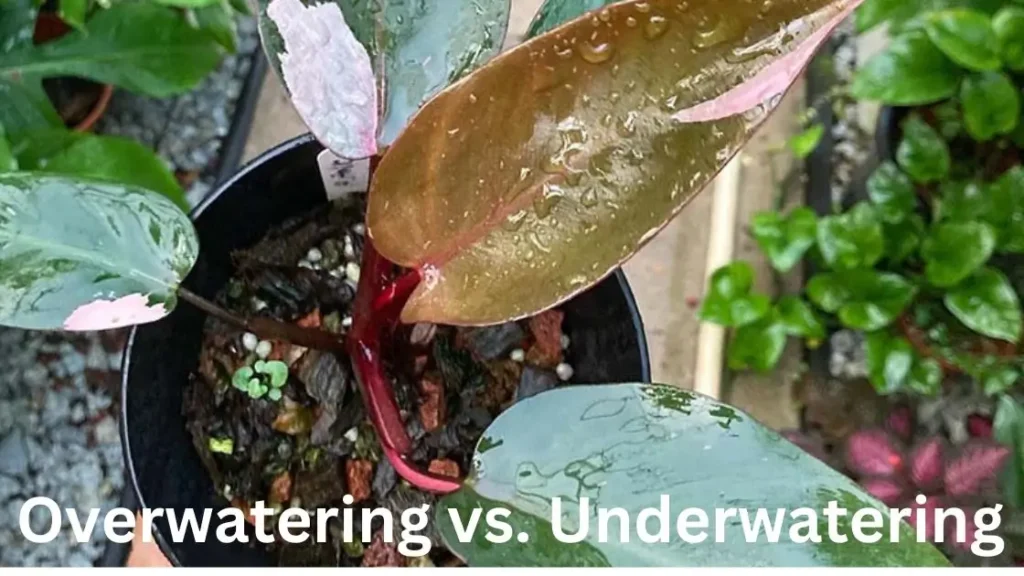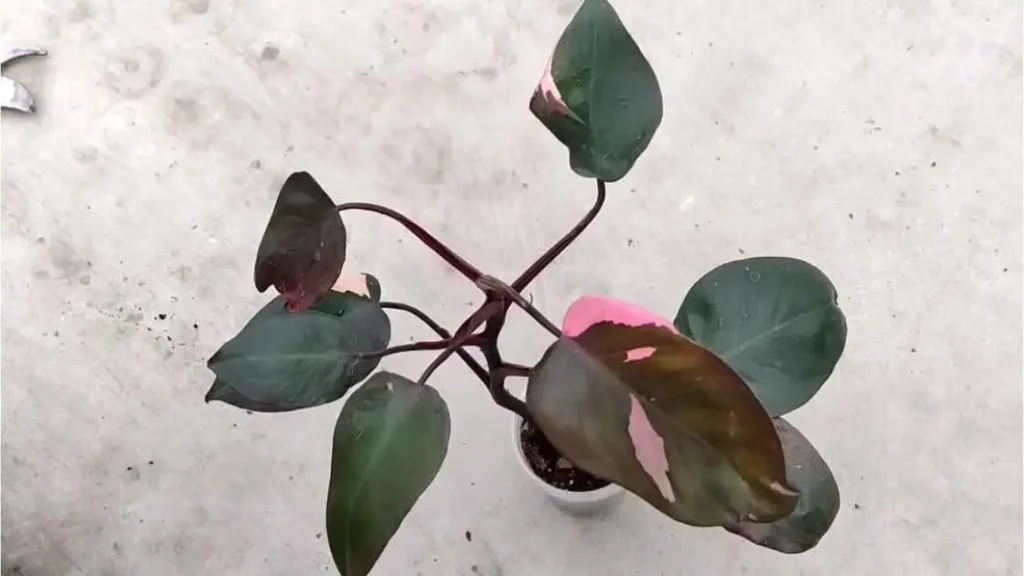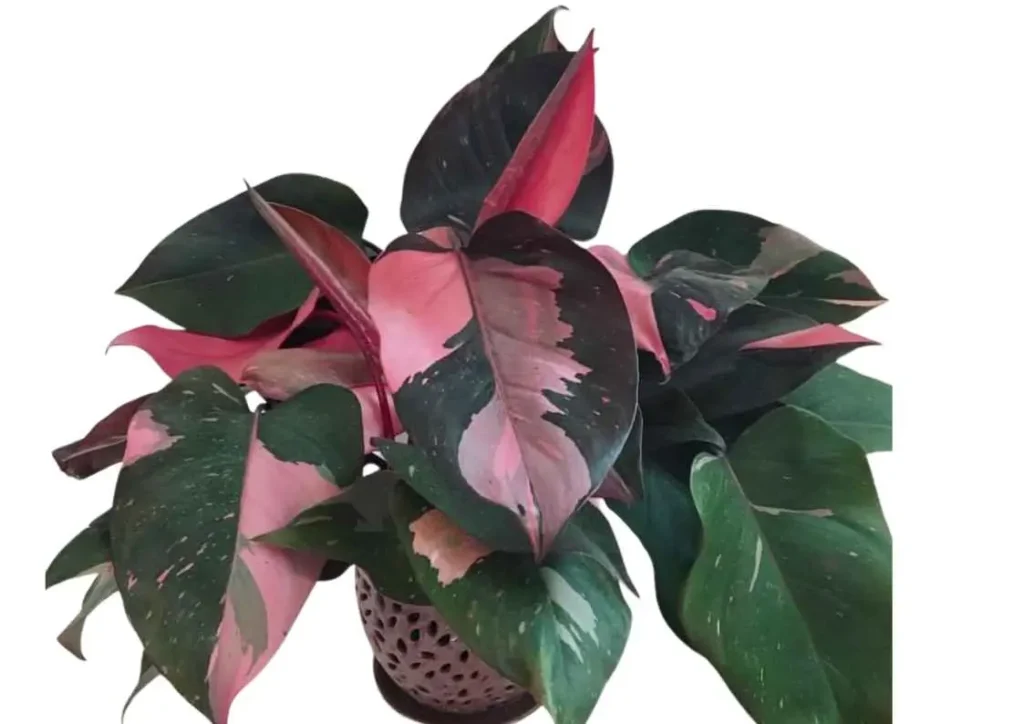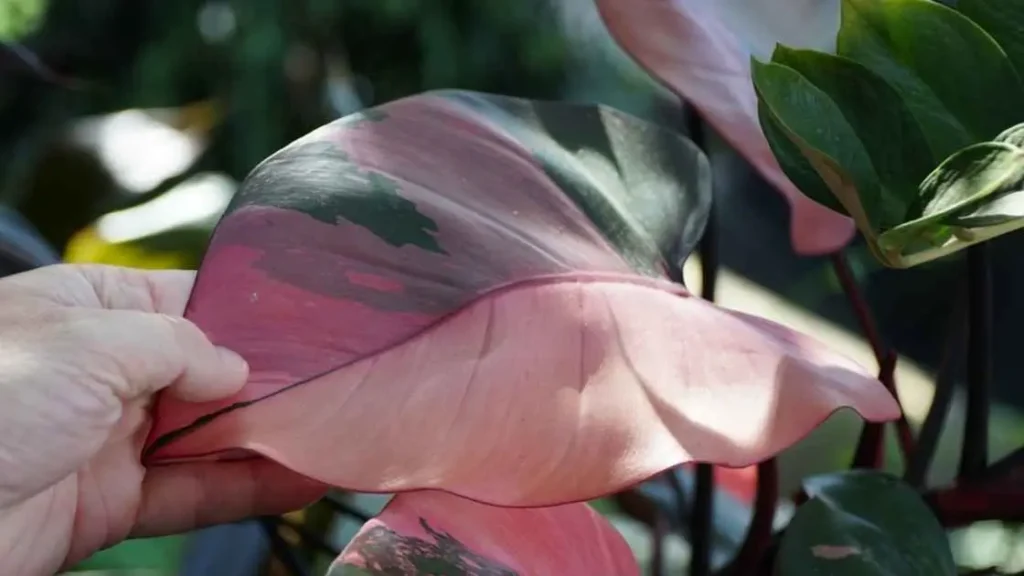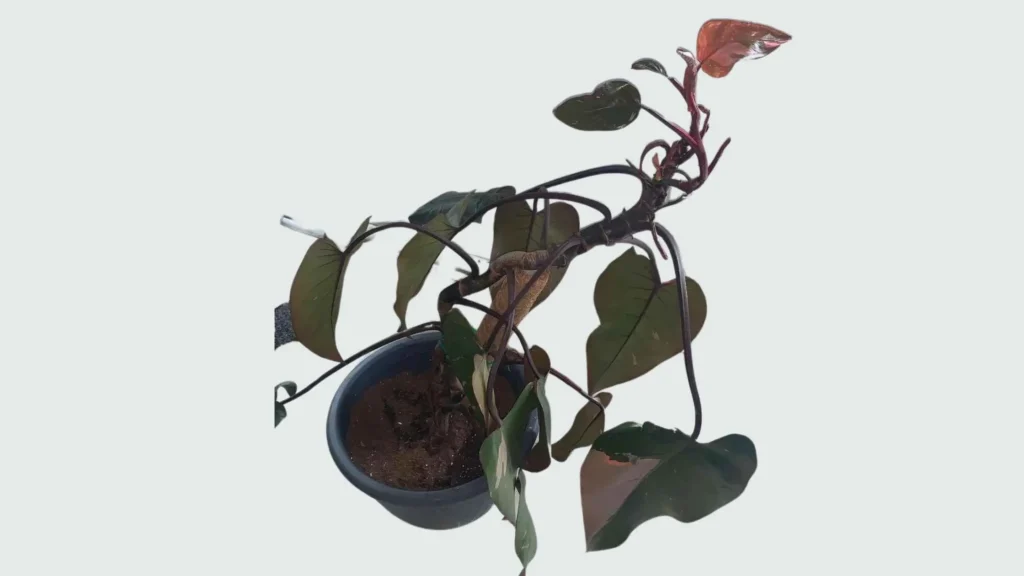Table of Contents
ToggleEver noticed your beautiful Pink Princess Philodendron leaves turning yellow? Such a bummer, right? I remember being totally confused when it first happened to mine. But after some digging and trying out different care tips, I figured out why this happens and how to fix it. Let’s dive into what might be going wrong and how you can make your plant happy and healthy again.
Common Causes of Yellow Leaves
When I first noticed my Pink Princess Philodendron leaves turning yellow, I was perplexed. I wanted to ensure my plant stayed as vibrant as possible. Here are the most common reasons I discovered:
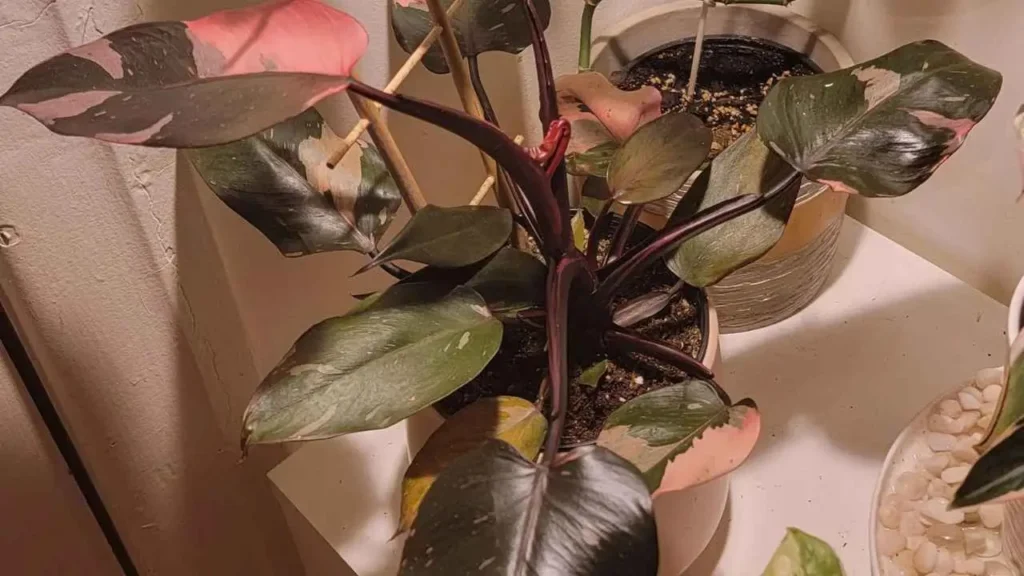
Overwatering and Root Rot
One of the primary culprits is overwatering. Philodendrons prefer their soil to dry out a bit between waterings. When you overwater, the roots can suffocate and develop root rot, leading to yellow leaves. I made this mistake initially, thinking more water meant a happier plant. It’s a fine balance, and I learned to check the soil moisture regularly.
Underwatering and Dehydration
On the flip side, underwatering can also cause yellow leaves. If the soil is too dry for too long, the leaves will start to turn yellow as the plant struggles to get enough moisture. It’s essential to find that sweet spot where the soil is consistently moist but not waterlogged.
Read more: [How to Water Your Pink Princess Philodendron Properly?]
Inadequate Light Conditions
Philodendrons thrive in bright, indirect light. When I kept my plant in a dim corner, the leaves began to yellow. It turns out, insufficient light can lead to yellowing leaves as the plant can’t photosynthesize properly. Moving it to a brighter spot made a significant difference.
Watering Guidelines
Watering your Pink Princess Philodendron correctly is crucial for its health. Here’s what I’ve learned:
Signs of Overwatering and Underwatering
Overwatered plants have yellowing, soft, and mushy leaves, while underwatered plants have yellow, dry, and crispy leaves. It’s easy to confuse the two, but checking the soil moisture helps. If it’s soggy, you’re likely overwatering. If it’s bone dry, it’s time to water.
Proper Watering Techniques and Schedules
I found that watering once the top two inches of soil are dry works best. Use your finger to check the soil moisture. I water mine thoroughly until water drains out from the bottom, ensuring it’s evenly moist. Then, I let it dry out a bit before the next watering. Typically, this means watering once a week, but it can vary depending on the climate and season.
Soil Moisture Testing Methods
Using a moisture meter can be helpful, but I mostly rely on the finger test. It’s simple and effective. If the soil feels dry about two inches deep, it’s time to water. This routine has kept my Pink Princess happy and healthy.
Lighting Requirements
Finding the right lighting conditions for your Pink Princess Philodendron is key to preventing yellow leaves. Here’s what I discovered:
Ideal Light Conditions for Pink Princess Philodendron
Bright, indirect light is ideal. Direct sunlight can scorch the leaves, while low light can lead to yellowing. I keep mine near an east-facing window where it gets plenty of morning light but is shaded from the harsh afternoon sun.
Effects of Direct vs. Indirect Sunlight
Direct sunlight can cause brown spots and burn marks on the leaves, while too little light can result in pale, yellowing leaves. It’s all about balance. If your plant is turning yellow, consider its lighting. Moving it closer to a light source can help, but avoid direct sun.
Adjusting Plant Placement to Optimize Light Exposure
If your plant isn’t getting enough light, move it closer to a window or add a grow light. I had to experiment a bit, but now my Pink Princess is thriving in a spot where it gets bright, indirect light for most of the day.
Nutrient Deficiencies
Nutrient deficiencies can also cause yellow leaves on your Pink Princess Philodendron. Here’s what to look for:
Identifying and Correcting Nutrient Deficiencies
Yellow leaves can indicate a lack of essential nutrients like nitrogen, magnesium, or iron. I noticed my plant’s leaves were turning yellow with green veins, a classic sign of nutrient deficiency. I started using a balanced houseplant fertilizer, and the new growth came in much healthier.
Recommended Fertilizers and Feeding Schedules
I feed my Pink Princess every month during the growing season with a balanced liquid fertilizer. Dilute it to half strength to avoid over-fertilizing, which can cause more harm than good. Regular feeding has kept my plant vibrant and lush.
Pest Infestations
Pests can wreak havoc on your Pink Princess Philodendron, leading to yellow leaves. Here’s how to tackle them:
Common Pests That Affect Philodendrons
Aphids, spider mites, and mealybugs are common pests that can infest Philodendrons. They feed on the plant’s sap, causing stress and yellowing leaves. I once had a spider mite infestation that nearly destroyed my plant.
Symptoms of Pest Infestations
Look for tiny bugs, webbing, or sticky residue on the leaves. Yellow spots or overall yellowing can be a sign of pests. Regularly inspect your plant, especially the undersides of the leaves where pests like to hide.
Treatment and Prevention Strategies
I use a mix of neem oil and water as a natural pesticide. Spray it on the affected areas and wipe the leaves clean. Regular misting and keeping the humidity up also help prevent pests. Quarantining new plants before introducing them to your collection can prevent infestations.
Fungal Diseases
Fungal diseases can be tricky to deal with but are a common cause of yellow leaves. Here’s what you need to know:
Types of Fungi That Affect Philodendrons
Pythium and Phytophthora are common fungi that cause root rot and leaf yellowing. I dealt with root rot once and it was a nightmare. The leaves turned yellow, and the roots were mushy and black.
Symptoms and Treatment of Fungal Infections
Yellowing leaves, wilting, and mushy roots are signs of fungal infections. I treated my plant by removing the affected roots and repotting it in fresh, well-draining soil. I also reduced watering to let the roots heal.
Preventative Measures to Avoid Fungal Issues
Ensure your plant has proper drainage and avoid overwatering. Using a fungicide can help if you suspect an infection. Keeping the plant in a well-ventilated area also reduces the risk of fungal diseases.
Natural Yellowing and Shedding
Sometimes, yellowing leaves are a natural part of the plant’s life cycle. Here’s how to tell:
Normal Aging Process of Leaves
It’s normal for older leaves to yellow and fall off as new growth emerges. I noticed this with the lower leaves of my Pink Princess. As long as the new growth looks healthy, there’s no need to worry.
Differentiating Between Natural Shedding and Problematic Yellowing
Natural shedding usually affects the oldest leaves, while problematic yellowing can affect newer growth. If you see yellow leaves all over the plant, it’s likely a sign of stress or poor care conditions.
Preventive Care Tips
Preventing yellow leaves on your Pink Princess Philodendron requires consistent care. Here’s my routine:
General Care Tips to Maintain Plant Health
Watering, lighting, and feeding are the basics. I water when the top two inches of soil are dry, keep the plant in bright, indirect light, and feed monthly during the growing season.
Importance of Regular Monitoring and Maintenance
Regularly checking your plant for signs of stress, pests, or disease is crucial. I make it a habit to inspect my plants weekly. It helps catch problems early before they become severe.
Seasonal Care Adjustments
Adjust your care routine with the seasons. In winter, reduce watering and feeding as the plant’s growth slows down. In spring and summer, resume regular watering and feeding to support new growth.
Additional Tips for Philodendron Care
While addressing yellowing leaves is crucial, there are other general care tips that can help your Pink Princess Philodendron thrive.
Choosing the Right Pot and Soil
Selecting the right pot and soil is essential for the health of your Pink Princess Philodendron. I use a well-draining potting mix and ensure my pot has drainage holes to prevent water from sitting at the bottom. This helps avoid root rot and keeps the soil aerated.
Pruning and Propagation
Pruning not only keeps your plant looking neat but also encourages new growth. I prune my Pink Princess Philodendron regularly, cutting back any leggy stems or damaged leaves. Propagation is also a great way to expand your plant collection. Simply take a healthy cutting, place it in water or soil, and watch it grow.
Humidity and Temperature
Philodendrons prefer a humid environment. If you live in a dry area, consider using a humidifier or placing a tray of water near your plant to increase humidity. They also thrive in temperatures between 65-80°F (18-27°C). Avoid placing your plant near cold drafts or heat sources like radiators.
Conclusion
In conclusion, yellowing leaves on your Pink Princess Philodendron can be caused by several factors, including overwatering, underwatering, inadequate light, nutrient deficiencies, pests, and fungal diseases. By understanding these causes and implementing the appropriate solutions, you can restore your plant’s health and enjoy its stunning pink and green foliage.
Remember, consistent care and regular monitoring are key to keeping your Pink Princess Philodendron happy and vibrant. Don’t be discouraged by yellow leaves use them as an opportunity to learn more about your plant’s needs and improve your care routine. With a little attention and effort, your Pink Princess Philodendron will thrive and bring beauty to your home.
If you have any other questions or need further assistance, feel free to reach out. Happy gardening!
FAQs
Why are my Pink Princess Philodendron leaves turning yellow?
Yellow leaves can be caused by overwatering, underwatering, insufficient light, nutrient deficiencies, pests, or fungal diseases.
How often should I water my Pink Princess Philodendron?
Water when the top two inches of soil are dry, typically once a week, but it can vary depending on your climate and season.
What kind of light does a Pink Princess Philodendron need?
Bright, indirect light is ideal. Avoid direct sunlight as it can scorch the leaves.
How can I tell if I’m overwatering or underwatering my plant?
Overwatered plants have yellow, mushy leaves, while underwatered plants have yellow, dry, and crispy leaves. Check soil moisture to confirm.
What should I do if my Pink Princess Philodendron has pests?
Inspect regularly for pests like aphids, spider mites, and mealybugs. Use neem oil or insecticidal soap to treat infestations.
How do I prevent fungal diseases in my Pink Princess Philodendron?
Ensure proper drainage, avoid overwatering, and keep the plant in a well-ventilated area. Use a fungicide if needed.
Is yellowing of older leaves normal?
Yes, it’s normal for older leaves to yellow and fall off as new growth appears. This is a natural part of the plant’s life cycle.
What type of soil is best for a Pink Princess Philodendron?
Use a well-draining potting mix with added perlite or orchid bark to improve aeration and drainage.
Related
Discover more from Pink Philodendron
Subscribe to get the latest posts sent to your email.

